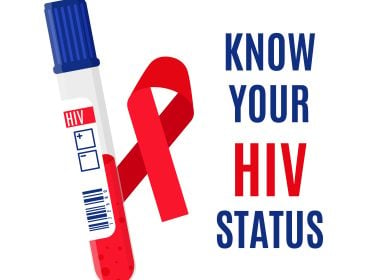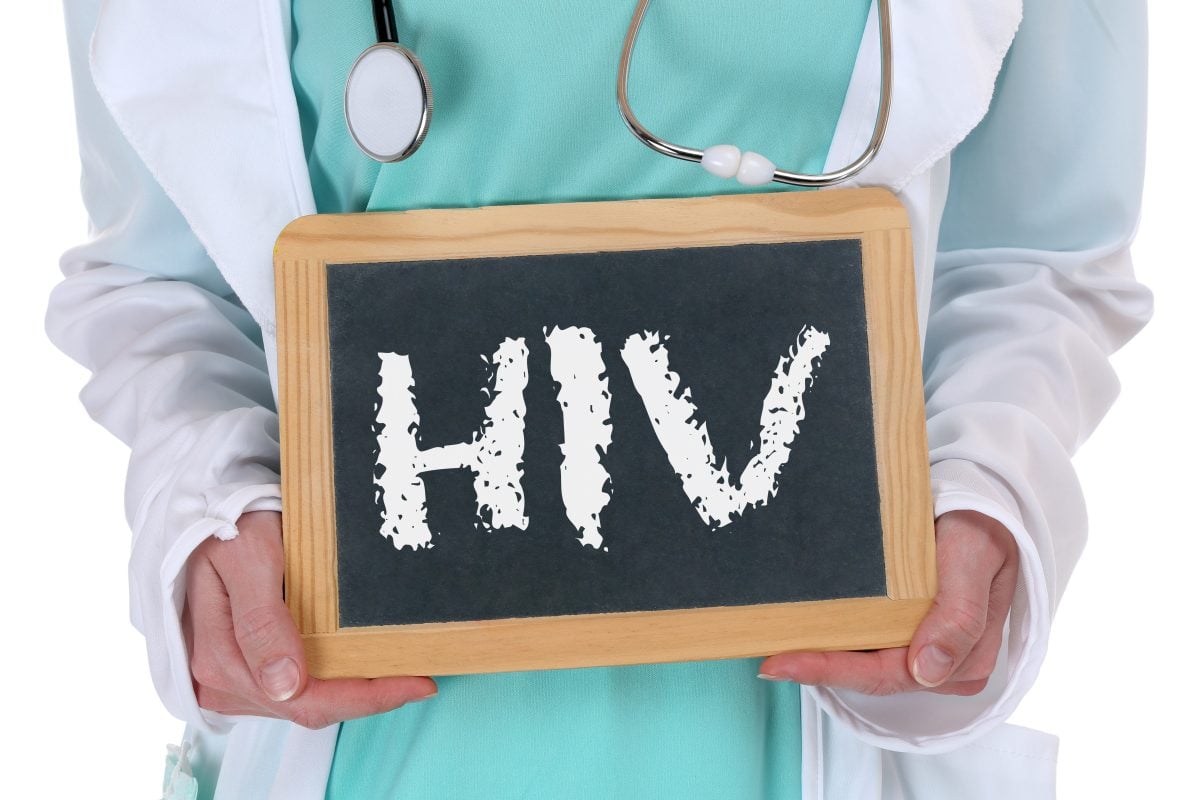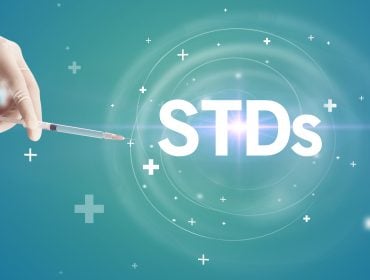How much saliva is needed to transmit HIV?
HIV is a deadly virus that attacks the body’s immune system, specifically the CD4 cells, often called T cells. These cells are crucial in the body’s defense system as they fight infections. Over time, HIV can wreck many of these cells that the body cannot effectively combat infections and diseases, leading to Acquired Immune Deficiency Syndrome (AIDS rash).
The virus is primarily transmitted through direct contact with certain body fluids from a person with HIV. These fluids include blood, semen, vaginal and rectal fluids, and breast milk. The transmission can occur during unprotected sexual intercourse, sharing injection drug equipment, from mother to child during birth or breastfeeding, and in rare cases, through transfusions of infected blood.
Importance of Understanding HIV Transmission Methods
Understanding how HIV is transmitted is vital for several reasons. Firstly, it empowers individuals with the knowledge to protect themselves and others from becoming infected. It also helps reduce the stigma and discrimination associated with HIV/AIDS, as understanding promotes empathy, compassion, and accurate information dissemination. Furthermore, it guides public health policies and interventions aimed at reducing the transmission rate of HIV, thereby contributing to the broader goal of ending the HIV epidemic.

Common Ways HIV is Transmitted
HIV is primarily transmitted via certain body fluids from an infected person, including blood, semen, vaginal and rectal fluids, and breast milk. The most common ways the virus is transmitted are:
- Unprotected sexual contact includes anal and vaginal sex without a condom or other forms of protection. During these activities, the virus can enter the body through the mucous membranes of the genitals, rectum, or mouth.
- Sharing drug injection equipment: Individuals who share needles, syringes, or other drug injection paraphernalia (like cookers) are at high risk of contracting HIV. This is because the equipment may have remnants of HIV-infected blood.
- Mother-to-child transmission: An HIV-positive mother can spread HIV to a child during pregnancy, birth, or even breastfeeding.
Misconceptions about HIV Transmission
Despite the scientific understanding of how HIV is transmitted, several misconceptions persist. Here are some of the most common ones:
- HIV can be transmitted through the air or casual contact: HIV does not spread through the air like cold and flu viruses. It can’t be transmitted through contact, such as hugging, shaking hands, or sharing drinks or food.
- Saliva can transmit HIV: HIV is not transmitted through saliva. Therefore, activities like kissing or sharing utensils do not pose a risk.
- A single act of unprotected sex leads to infection: While unprotected sex is a significant transmission route, HIV is not transmitted efficiently. The risk of infection via a single act of vaginal sex is low.
Understanding these facts and dispelling the myths surrounding HIV transmission are critical steps toward reducing the stigma associated with the disease, promoting safe behaviors, and ultimately controlling the spread of this virus.
- Importance of understanding HIV transmission methods
Understanding how HIV is transmitted is crucial in the global fight against the virus. By knowing the transmission routes, individuals can take appropriate precautions to protect themselves and others. Moreover, it helps healthcare professionals to create effective prevention strategies and public health campaigns.
Saliva and HIV
While HIV is found in saliva, the concentration of the virus is significantly lower than in other body fluids such as blood, semen, or vaginal fluids. Additionally, saliva contains natural enzymes that inhibit the growth and transmission of the virus, making it an unlikely transmission medium.
Scientific studies supporting this claim
Several scientific studies support the claim that saliva is not a typical transmission medium for HIV. For instance, a study published in the Journal of Internal Medicine demonstrated that salivary components disrupt orally shed, infected leukocytes, leaving low levels of cell-free infectious HIV in the saliva samples. Another study in the AIDS journal showed that saliva-induced disruptions to the virus inhibit HIV transmission.
Furthermore, research in The Lancet concluded that the presence of HIV-1 in saliva, whether cellular or cell-free, is too low for efficient transmission. Similarly, a study in the Oral Diseases journal highlighted the relationship between oral and blood viral loads, indicating that the likelihood of transmitting HIV by saliva is extremely low.
Understanding the role of saliva in HIV transmission can help dispel misconceptions, reduce the stigma around HIV, and contribute to more effective prevention strategies.
Quantity of Saliva Needed for HIV Transmission
While it’s understood that HIV is not typically transmitted through saliva, whether large quantities of saliva could potentially transmit the virus arises. The answer lies in the composition and properties of saliva.
Saliva has some properties that make it an unlikely medium for HIV transmission. It contains several proteins and enzymes that inhibit the virus’s ability to infect new cells. Moreover, HIV concentrations in saliva are generally much lower than in blood, semen, or vaginal fluids.
Even in cases where a person with HIV has oral problems such as bleeding gums or mouth ulcers, the presence of blood in saliva doesn’t necessarily increase the risk of transmission significantly. This is because the inhibitory factors present in saliva continue to limit the virus’s infectiousness.
So, “How Much Saliva is Needed to Transmit HIV?”
Given the inhibitory properties of saliva and the low concentration of HIV in this fluid, it’s believed that a considerable volume of saliva would be needed to transmit HIV, if possible. However, it’s important to note that there has been no documented HIV transmission through saliva alone, even in large volumes. The epidemiological data support the premise that HIV transmission via saliva is low or non-existent due to these inhibitory factors.
To put it into perspective, a study estimated that the salivary flow rate would need to double for 2 to 3 minutes to reach the required volume of blood for potential transmission – an implausible scenario.
Other Factors Influencing HIV Transmission via Saliva
Presence of Blood in Saliva
While saliva itself is not a typical medium for HIV transmission, the presence of blood in saliva can potentially increase the risk. Conditions resulting from bleeding gums or oral ulcers can introduce blood (a known transmission medium) into the oral cavity. This may include dental procedures, gum disease, or other oral health issues that cause bleeding. However, it’s important to note that even with these factors, the risk of transmission remains extremely low.
Other Oral Infections That Might Increase Susceptibility
Infections or diseases that cause sores in the mouth or throat can potentially increase susceptibility to HIV. For instance, sexually transmitted diseases like syphilis or herpes can cause oral ulcers that might serve as entry points for the virus.
Furthermore, systemic health conditions, including poor overall health or a weakened immune system, could potentially influence the likelihood of HIV shedding in saliva. One study found associations between systemic health and HIV shedding in the saliva of HIV-infected women.
Despite these factors, it’s crucial to reiterate that the risk of HIV transmission via saliva remains significantly low. Understanding these potential influences reinforces the importance of maintaining good oral and overall health as part of comprehensive HIV prevention strategies.
Importance of Safe Practices Even with Low-Risk Transmission Methods
Despite the low-risk nature of some transmission methods, it’s important to always adhere to safe practices. This is because HIV is incurable and can lead to severe health complications. The virus does not discriminate based on the type of exposure – once it enters the body, it can cause infection. Hence, even in low-risk scenarios, prevention is critical.
Recommendations for Preventing HIV Transmission
To prevent HIV transmission, it’s crucial to engage in safe sex practices, including using condoms correctly and consistently, getting regular testing for HIV and other sexually transmitted infections, and considering pre-exposure prophylaxis (PrEP) if you are at high risk of disease. Avoid sharing needles or other drug paraphernalia equipment. For those living with HIV/AIDS, taking antiretroviral therapy (ART) can keep the virus under control and reduce the risk of transmission. Pregnant women with HIV should also take ART to prevent mother-to-child transmission. Regular education and awareness about HIV transmission can further contribute to its prevention.
Throughout this discussion, we’ve delved into the primary ways HIV is transmitted – unprotected sexual contact, sharing drug injection equipment, and mother-to-child transmission. We debunked several misconceptions about HIV transmission, including the incorrect belief that it can be spread through saliva, casual contact, or a single act of unprotected sex.
In summation, while it’s theoretically conceivable that vast volumes of saliva might carry risk, the practical likelihood of HIV transmission via this route is virtually non-existent based on current scientific understanding and epidemiological data. Learn more on our dedicated HIV symptoms page, and the difference between HIV and AIDS.
Medically Reviewed by Joshua Hwang, MD on August 1, 2023
Secure and Confidential
STD testing services
The fastest results possbile - available in 1 to 2 days

Tagged
Categorized As
Author: STD Check Editorial Team
At STDCheck.com, we go to great lengths to ensure quality content. We’re using our own collection of data. It is not bought or made up for “click-bait” purposes. We don’t entice traffic with cheesy graphics or raunchy headlines. Our information is to promote STD testing, educate people, let go of social stigmas, and bring awareness. We also provide a completely confidential atmosphere through private testing. When we produce an article, it is fact-based. We check it with medical advisors that approve it. Our staff consists of doctors and other medical professionals who peer review the content we make available on STDCheck.com. From all over the world, we have sourced the best and the brightest content developers, including medical professionals, marketing engineers, data scientists, content specialists, and media relations.




